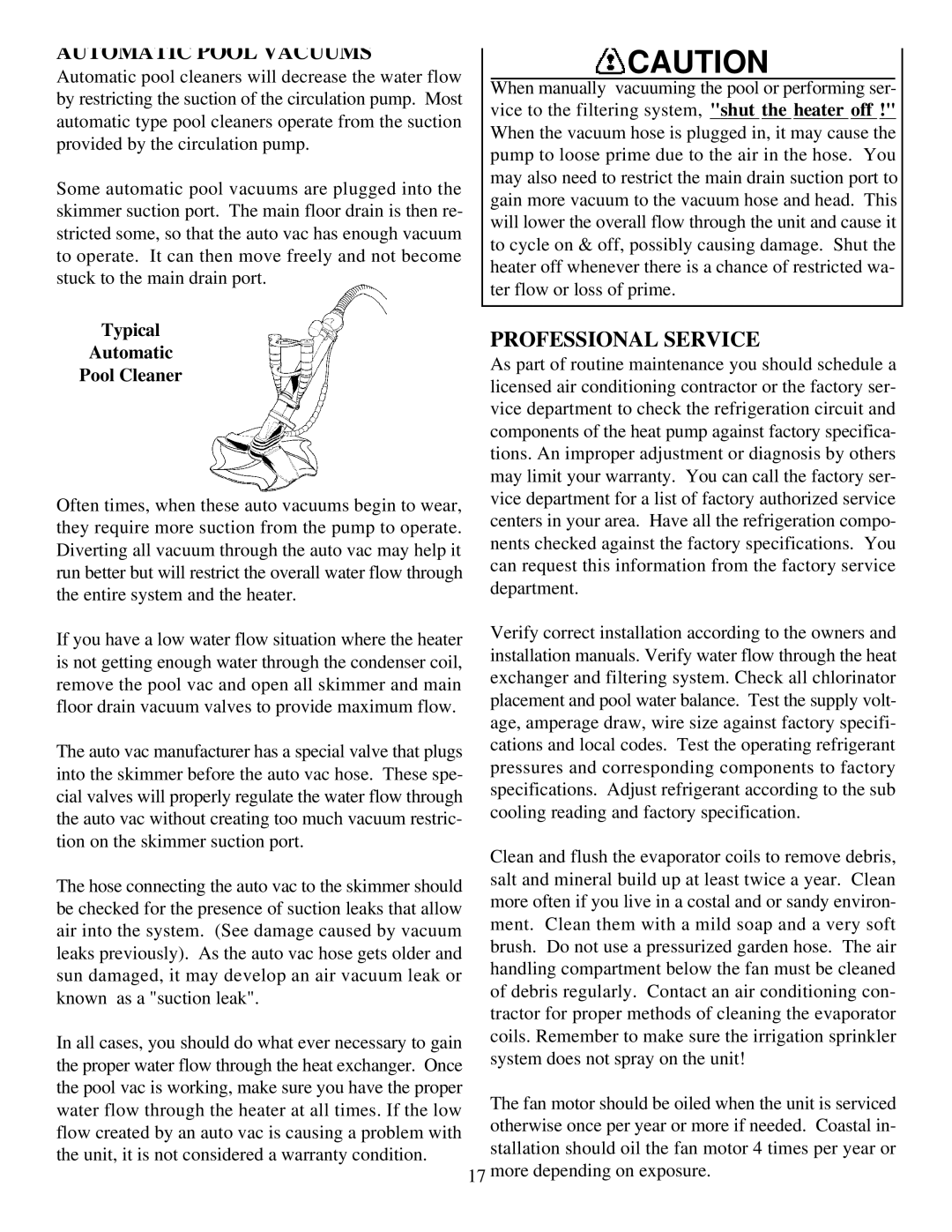XLS1000, XLS800, XLS600, HP 400, HP 600, HP 800, HP 1000, HP 230, CP12 specifications
Pentair is a recognized leader in providing innovative filtration and pumping solutions, and among its noteworthy offerings are the CP12, HP 400, HP 600, HP 800, HP 1000, HP 230, XLS600, XLS800, and XLS1000 models. Each of these products is designed with unique features and advanced technologies that meet diverse customer needs across various applications.The Pentair CP12 is a compact and efficient pump designed for residential water management. Known for its ease of installation and reliable performance, the CP12 incorporates a high-efficiency motor that minimizes energy consumption while ensuring effective water circulation.
Moving to the HP series, the HP 400, 600, 800, and 1000 models boast powerful performance characteristics suited for heavy-duty applications. These pumps are engineered with robust materials for longevity and durability. With advanced hydraulic designs, they deliver excellent flow rates and pressure, making them ideal for applications like irrigation, water feature management, and even light industrial use. The HP series also features smart technology that allows for remote monitoring and control, enhancing operational efficiency.
In the mid-range, the HP 230 model offers versatility with its multi-purpose capabilities. Designed for residential and light commercial use, it strikes a perfect balance between performance and energy efficiency, ensuring optimal operation without excessive energy costs.
The XLS series, which includes the XLS600, XLS800, and XLS1000 models, targets larger commercial applications. These models are equipped with cutting-edge technology designed for superior flow and pressure management, making them perfect for high-capacity requirements. Their variable speed operation allows for customizable performance tailored to specific system needs, while advanced monitoring capabilities enhance reliability and maintenance scheduling.
All of these Pentair pumps prioritize environmental responsibility with energy-efficient designs that reduce carbon footprints. Key features across the range include corrosion-resistant materials, thermal protection for added safety, and user-friendly interfaces that simplify operation and monitoring.
In conclusion, Pentair’s CP12, HP series, and XLS series pumps stand out due to their innovative technologies, impressive performance capabilities, and commitment to energy efficiency. Whether for residential or commercial applications, these models cater to a wide range of needs, ensuring customers can find effective solutions for their water management challenges.

